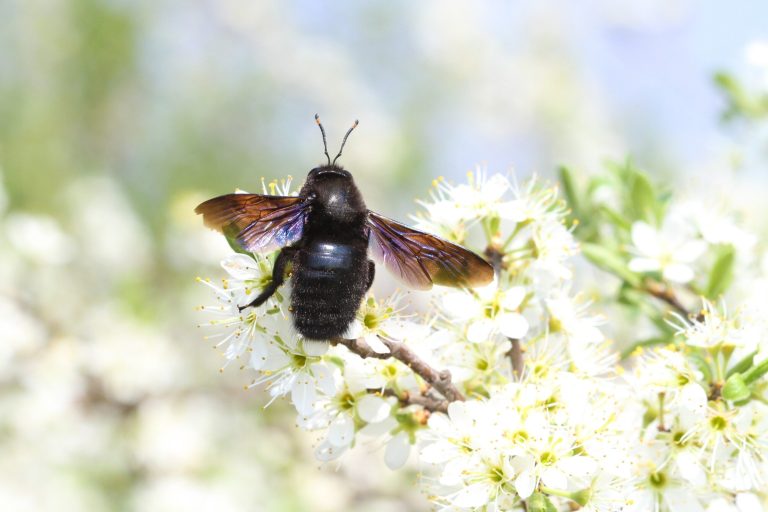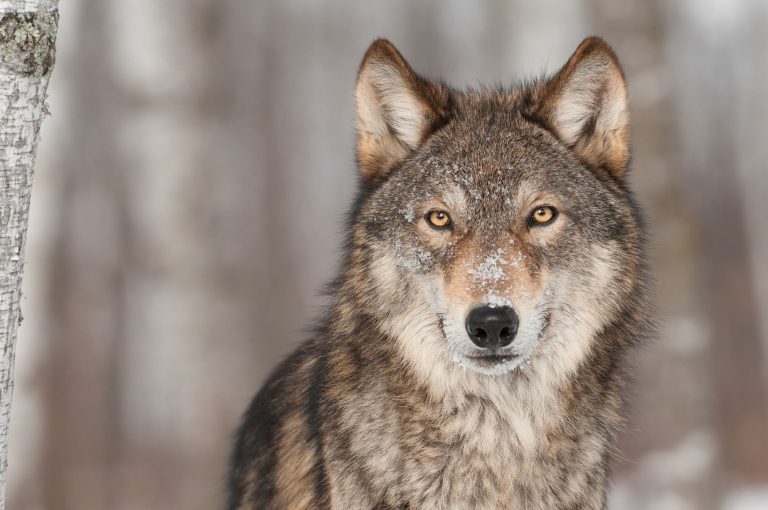Scientists took eggs from birds. That’s how they saved them
Naturalists saved several hundred eggs of the gray gull – an endangered species in Poland – in the area of the middle Vistula. They took the birds’ eggs and placed them in incubators, and just before they hatched, they returned them to the nests. Thanks to this, the eggs were not eaten by predators – and this year’s flood wave did not take them away.
There are approximately 1,800 pairs of gray gulls living in Poland. This is one of the most endangered species of Polish birds – says Dr. Dariusz Bukaciński from the Department of Natural Basis of Environmental Protection at the Cardinal Stefan Wyszyński University in Warsaw.
As he told PAP, the most important breeding ground (egg-laying place) of the gray gull in our country is the central Vistula, where 80-90 percent nest. national population of this species.
– These seagulls are nothing special. I always tell students that what characterizes them is their lack of characteristics. However, the population of these birds in Poland is small. They are primarily threatened by American minks and foxes that eat eggs, says the ornithologist.
Seasonally, for several months, seagulls of the same species come to Poland from Russia, Lithuania or Estonia, looking for warmer areas for the winter. But then they return to breeding areas outside our country.
For several years, scientists have been helping the domestic population of the gray gull. In the spring, over a distance of approximately 80 km along the Vistula River, where approximately 200 pairs of birds nest (from Puławy to the mouth of the Pilica River), they select eggs from the nests laid by these birds. Then they place them in incubators at the research station in Wróble for about three weeks. In their place, they place dummies in the nests – appropriately painted, dark green wooden “eggs” with numerous gray and black dots. Later, just before the chicks hatch, they place real eggs in the nests.
– Seagulls don’t know the difference and incubate even dummy eggs, and predators – if they manage to steal the “egg”, they do not harm the seagull population. Besides, we see that even crows are fooled by fake eggs. They are very “surprised” when they try to break their prey, i.e. an egg, by dropping it from a great height, and it stubbornly refuses to break, says Dr. Bukaciński.
This season, naturalists replaced over 300 eggs
Meanwhile, due to rainfall, river levels in many parts of the country have risen rapidly. – Most of the nests washed away with this year’s flood, so the eggs we saved are basically the only ones of this species that survived this season in the middle Vistula region – the scientist points out.
Crows and sudden increases in water are dangerous to the breeding black gulls, but foxes and American minks are its main problem. Their populations – according to Bukaciński – are definitely too large. As he suggests, a systemic solution could help – trapping or shooting. – However, hunters are not interested in this. There is no demand for fox fur, and carcass disposal and ammunition are expensive, he says.
The scientist announces the continuation of the artificial incubation campaign also next season, “regardless of whether we obtain additional funding or not.” This year’s campaign was financed exclusively from the scientists’ own funds.






